Analyzing Cover Letters & Resumes: What to Look For
THE RHETORICAL SITUATION
Purpose
Cover letters. People write cover letters—sometimes called job application letters—in order to persuade potential employers to read their resumes and to schedule an interview for the job they want. A cover letter itself can’t get you a job, but it can get you the interview that can lead to getting a job. Most employers use resumes and cover letters as screening devices to whittle a huge pile of applicants into a manageable number of people to interview. A cover letter must capture the attention of the person reading it. For example, Amber Lovett’s cover letter begins “with much enthusiasm,” which should get the reader’s attention (starting that way could backfire if the letter fails to convey enthusiasm, but Lovett’s letter does, indeed, convey enthusiasm).
Resumes. Resume writers need to demonstrate to employers that their experience and skills align with the employer’s needs. For example, in her resume, Amber Lovett states her objective: “An internship in a Big 5 accounting firm for spring 2013.” By writing a very specific objective, Lovett conveys to her audience that she knows exactly what she wants.
Audience
Cover letters. Writers need to take into account several potential readers: the person who will supervise the new hire, a human resources employee, and members of a screening committee made up of supervisors and employees at the hiring organization. A good cover letter:
- Conveys personality. Readers want to get a sense of the person they may work with. They’ll want to know: Will he or she be interesting as a colleague?
- Communicates a strong work ethic. Readers want to know: Will this person do his or her share of the work?
- Highlights qualifications. Readers want a quick sense of what the applicant has done that makes him or her a good candidate for the job. What specific experiences connect up with the job in question? What stands out about this person and his or her experience?
Writers should keep in mind that their potential employers usually read cover letters on top of their usual workload. That means readers are moving fast; they want to get an immediate sense of whether the applicant may be a good fit. For example, in her cover letter, applicant Amber Lovett assures readers that she can handle “responsibilities and projects similar to those given to permanent staff.”
Have you ever created different versions of your resume for different jobs? If so, what types of edits did you make? What did you do to tailor your message to a specific audience?
Resumes. When composing a resume, writers need to keep the same factors in mind as when they write a cover letter (see above). Their readers are busy and want a quick and clear case for how fit the applicant is for the position. For example, Angela Lynn, who is looking for an entry-level Web developer position, keeps her resume to one page and highlights her accomplishments, including several Web design awards.
Rhetorical appeals
Cover letters. Writers need to establish ethos by conveying their ethics and professionalism, noting related past successes, experiences, and aptitudes that qualify them for the job; and showing that they’re genuinely interested in working for the organization, perhaps by mentioning something specific about it that they especially like.
For example, in his cover letter, Robert Mandillo develops his ethos when he backs up his claim that he would be an asset to the company by providing a specific example: “My experience in advanced exhibit design would give me a special advantage in helping develop [the company]’s wind tunnel and aerospace models.”
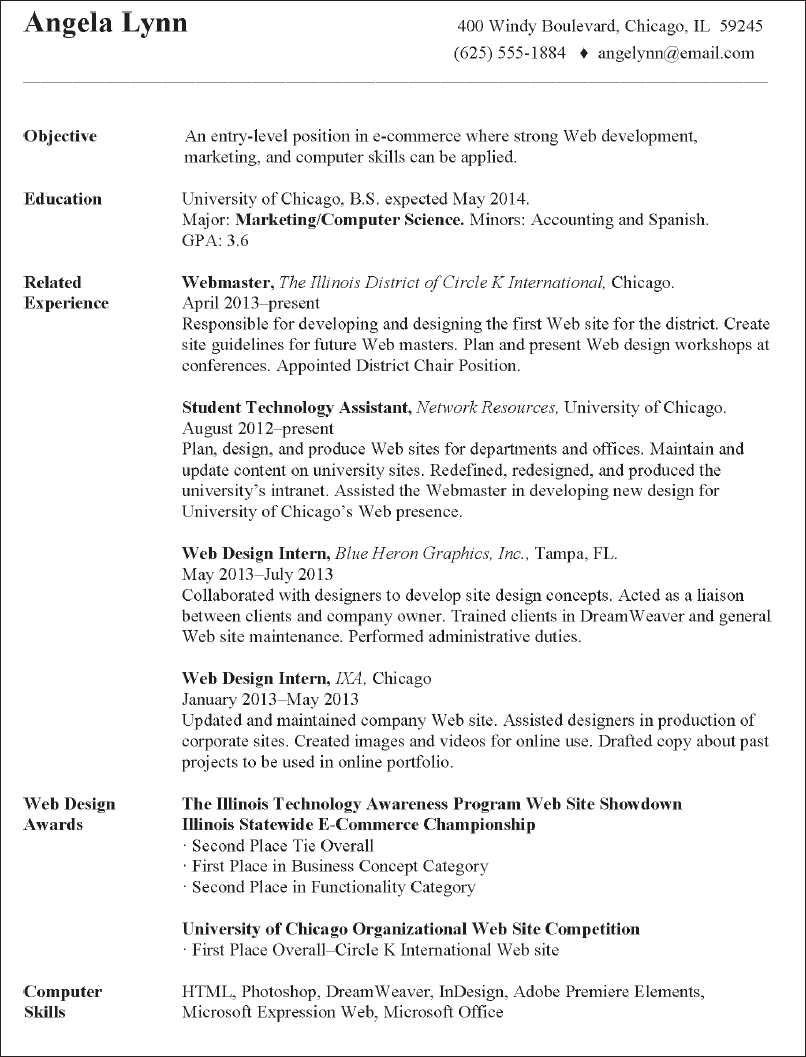

Writers also need to appeal to readers’ sense of logos by making logical connections between their resume and the organization’s values and the requirements of the position.
Resumes. Resume writers need to develop ethos too. They need to be accurate and ethical in everything listed on their resumes. The stakes are high: You’ve probably seen news stories about people being fired for lying on their resumes, like Yahoo CEO Scott Thompson, who was fired in 2012 for listing a degree on his resume that he didn’t actually hold.
Modes & media
Cover letters. Cover letters can be print or digital, depending on whether they are sent by snail mail, fax, or e-mail. Traditional cover letters are written documents and rarely contain any visual elements. It used to be considered acceptable to include a photograph of yourself in your cover letter, but that is frowned upon today in many industries. However, LinkedIn and other career-related social networking options are causing standards to change, putting more emphasis on the visual. The safest option is to not include visuals in a cover letter that is intended to be read as a hard copy; however, if you anticipate your cover letter being seen in digital format, it might be acceptable to include a photo or other visual. It’s a good idea to talk to people in the industry you’re interested in to find out what the standard is for that audience. Creative industries, such as publishing and advertising, allow more flexibility, while more conservative industries, such as banking, are more likely to want a very traditional, text-only cover letter.
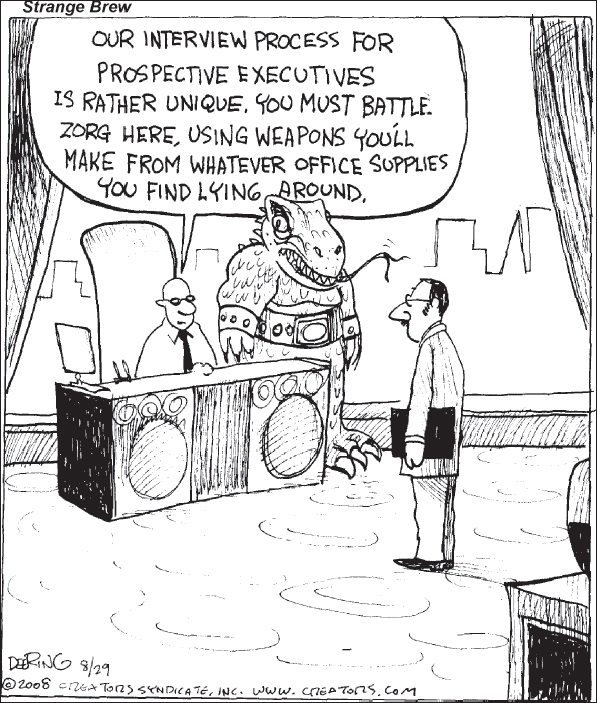
Resumes. As with cover letters, resume standards vary from industry to industry. The rise of social networking sites like LinkedIn and Facebook has made digital resumes that incorporate visuals much more acceptable in some industries. For example, Kevin Burton, who works in disaster recovery, created this visual resume for the Internet:
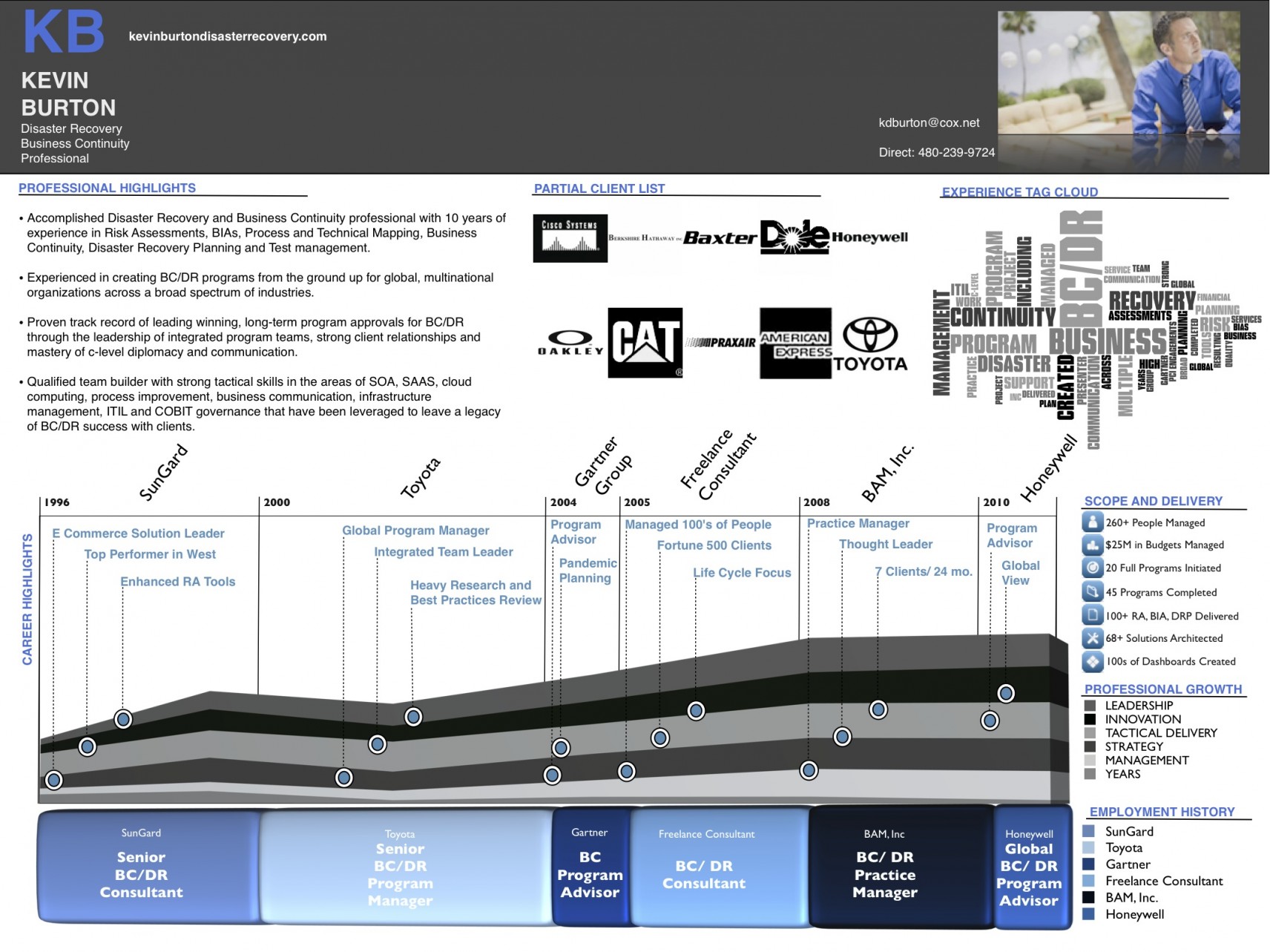
The resume graphically presents his experience and shows how his responsibilities have progressively increased.
THE GENRE’S CONVENTIONS
Elements of the genre In their resumes and cover letters, job seekers do the following:
Introduce themselves as applicants.
cover letters This is usually the first communication a job applicant will have with a potential employer, so it’s important for writers to present themselves as competent and engaged. For example, in her letter, Alice Linder, reminds her reader that she’s had previous contact with him and that she is now qualified for the position:
Last April I contacted your office regarding the possibility of an internship as a laboratory assistant at your center. Your assistant, Mary McGuire, told me then that you might consider such a position this year. With the experience I have gained since last year, I believe I would be a valuable addition to your center in many ways.

Have you ever researched a job prior to applying for it? What are the things you look for? Have you ever included any of that information in your cover letter? What are some ways including these specifics could assist you in your job search?
Additionally, Linder demonstrates that she is persistent, a trait that a potential employer would probably be impressed by.
resumes Writers provide their names and objectives at or near the top of their resumes, highlighting the details that would be highlighted in a traditional, face-to-face introduction. Think about how you normally introduce yourself to people; you probably say something like, “Hi, my name is John. I’m a student at XYZ College.” A resume communicates the same information. This is what the top of Alice Linder’s resume looks like:
Refer specifically to the position they’re applying to.
cover letters Readers need able to instantly identify which position the writer is applying for, so writers need to state the specific job title and reference number (if applicable) near the beginning of the letter. In her cover letter, as shown below, Alice Linder makes it clear immediately that she’s interested in an internship.
resumes Writers need to tailor their objectives to the position they are applying for. Alice Linder specifies in her Objective section that she wants an internship in molecular research.
Explain why the job and organization are appealing (in the cover letter only).
The cover letter should be personalized for the specific job and organization being applied to. Candidates applying for a position with Red Rocks Community College, where Amy teaches, would do well to mention something in their cover letter about their experience with or appreciation of the community college mission. This shows that they share values with the organization.
Organize content—so it’s persuasive and reader friendly.

cover letters Cover letters usually begin with a reference to the position being applied for and a brief summary of the writer’s qualifications. One to three paragraphs elaborating on qualifications follow, and then the letter closes with a request for an interview. Alice Linder’s cover letter illustrates this organizational pattern:
resumes Job seekers typically organize their experiences either chronologically, working backwards from their most recent employment experiences, or according to skill sets, for instance, listing all their project management experience under one heading and then all their budget management experience under another. Writers should think about the job they are applying for and which organizational pattern will best highlight their qualifications. For example, Alice Linder uses a chronological organizational scheme because as a recent graduate, her experiences are too limited to warrant breaking them out into categories.
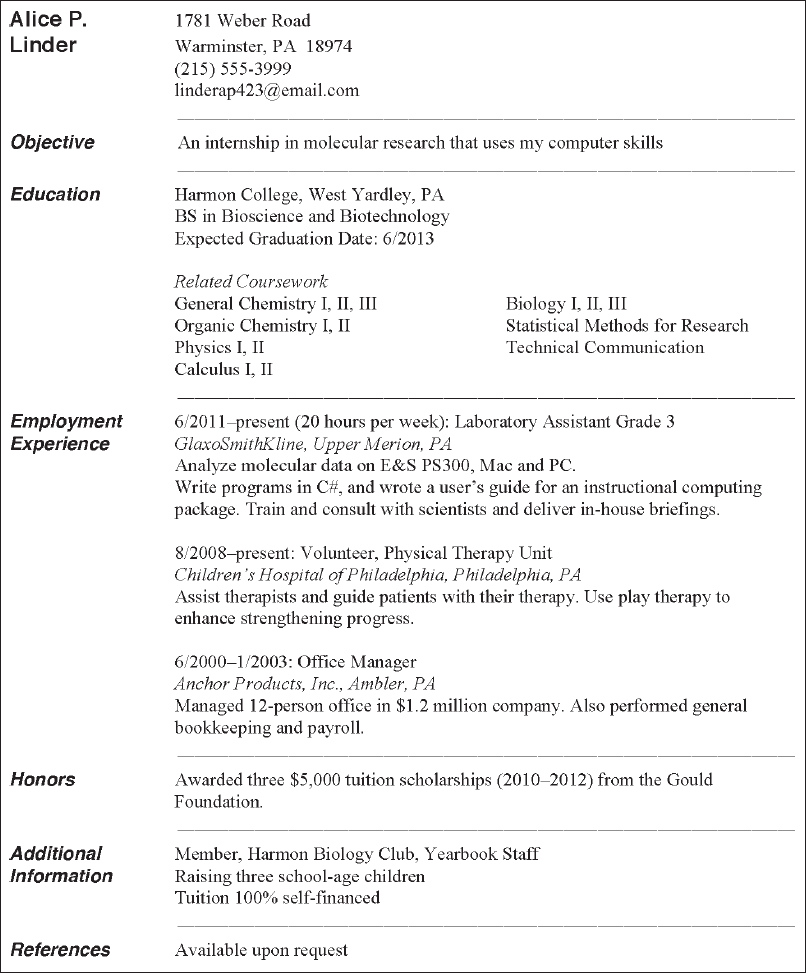
Attention resume writers!
A note about parallelism: Take another look at Alice Linder’s resume. This time, notice her consistent, repeated verb construction. For example, she writes: “analyze molecular data,” “write programs,” and “assist therapists.” When she refers to a job she no longer holds, she writes “managed” and “performed.” Her verbs line up with each other nicely. However, mistakes regarding parallel construction are common among new job seekers. Don’t let this happen to you. Check your resume for parallelism. Ask your proofreaders to do the same.
Present a clear argument about their qualifications.
cover letters Writers summarize their qualifications in the cover letter—in one or two sentences near the beginning. They specify the experiences that make them ideal candidates for the job. Notice how Alice Linder makes a subtle argument in her first paragraph that she is persistent and dedicated to securing an internship with this particular company.
resumes Resume writers continue building their arguments by listing very specific experiences they’ve had that illustrate how qualified they are for the position they are applying for. Alice Linder, for example, lists particular science classes she’s taken that qualify her for the internship she wants.
Make connections between the cover letter and resume.
cover letters Writers refer to their resumes in their letters (without repeating the content). Specifically, they draw attention to specific qualifications and experiences to persuade employers that they are qualified and to establish ethos and logos. For example, if a resume lists four seemingly unrelated jobs in, say, retail, the local swimming pool, a bar, and a dance studio, a cover letter writer might use the cover letter to tie them all together like this:
I have held four part-time jobs that allowed me to develop my customer service skills. From dealing with three customers who all wanted the last lawnmower we had in stock, to supervising ten rambunctious six-year olds in the swimming pool, to convincing a tipsy CEO to take a cab home at the bar, to explaining to a stressed-out mother that there just isn’t room in the 3:00 pm class for her daughter at the dance studio, I have had to make every customer I deal with feel that I care about his or her situation and am doing my best to resolve it fairly.
As you can see, while the cover letter excerpt mentions the jobs listed on the resume, it elaborates on the items, connecting them to the requirements for the job being applied for.
resumes Job applicants, in their cover letters, refer to their resumes and specific experiences noted there; however, in their resumes, they don’t refer back to their cover letters.
Are concise.
cover letters A cover letter should be no more than one page long. The purpose of the cover letter is not to tell the entire story of the writer, but to whet the appetite of the reader.
resumes A resume should also be limited to one page until the applicant has at least ten years’ experience in a particular field.
Request an interview (cover letter only). Cover letters should end with a polite direct request for an interview, such as “Please contact me to schedule an interview.”
Style When creating a resume and cover letter, writers do the following:
Use professional language.
What are some ways you can personalize your cover letter to reflect your personality? How about your resume?
cover letters Just as applicants dress formally for a job interview, they also write their cover letters in formal English. That said, because writers are writing about themselves, the use of the first-person (I) is appropriate. Alice Linder, for example, writes in the first person, but very professionally explains exactly who she spoke to and what that person told her when she first contacted the company.
resumes Resume writers use formal, specific language to describe their accomplishments. Notice how Alice Linder says that one of her duties was to “deliver in-house briefings,” rather than the less formal “tell lab manager what I did.”
Give a sense of their personalities.
cover letters Just because this is formal correspondence doesn’t mean it has to be lackluster or vanilla. It’s okay for a writer to use a voice and tone that lets readers know something about who the writer is and why he or she is special. Note: It’s also key that writers use the active voice and verb construction. For example, “A degree was earned in history from XYZ University” could be written in the active voice this way: “I earned a degree in history from XYZ University.”
resumes Writers need to convey attributes of their personality and work ethic through the details they provide in their resumes. The voice and tone of a resume, regardless of the voice and tone in the cover letter, need to be very professional and businesslike. Notice how Alice Linder’s cover letter gives a sense of her voice, but her resume is written in a neutral tone.
Provide specific relevant details.
cover letters Writers should keep in mind that readers will be much more persuaded by specific statements, such as “I exceeded sales goals by 15 percent at the Limited,” than by generalizations, such as “I am a good salesperson.” For example, Alice Linder specifies her GPA and how many hours of chemistry and biology she took.
resumes Resume writers, too, should be precise and specific. Alice Linder specifies how many people she managed and gives a detail that indicates how large the company is when she says on her resume, “Managed 12-person office in $1.2 million company.” This kind of detail shows readers how much responsibility Linder had in that position.
Proofread and make sure their documents are error free.
cover letters While proofreading is important in all compositions, it is particularly important in cover letters because even one typo can cause a reader to dismiss you completely as a job applicant. Recently, Liz received a cover letter and resume from someone who wanted to work in the writing center she directs on campus. One sentence in the cover letter read, “I kept my death clean.” The word death was probably a simple typo, but Liz just could not bring herself to schedule an interview with the writer.
resumes As with cover letters, it’s crucial to proofread your resume so readers will see you as professional. Make sure to keep tenses consistent, place periods at the end of sentences, and carefully check for any misuse of words. Always have someone else proofread your resume to be sure you haven’t overlooked anything.
Design Writers of cover letters and resumes:
Use standard business formatting—and personalized headings.
cover letters Like any other business letter, a cover letter includes the complete contact information of both the recipient and the sender. It also includes a date, a salutation, and a signature. With word processors and online cover letter templates, writers can easily create personalized letterhead that includes their name and contact information at the top or bottom of the page.
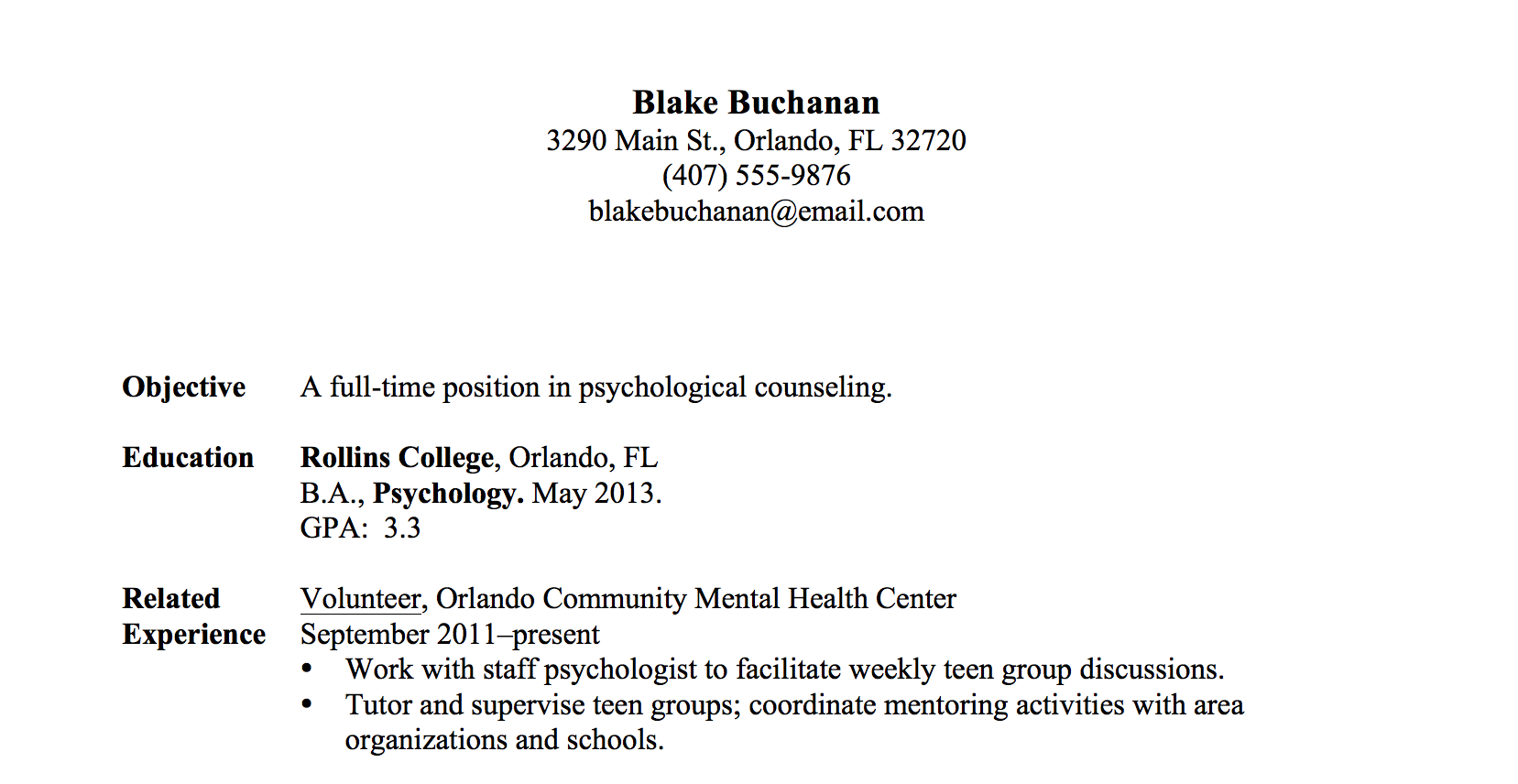
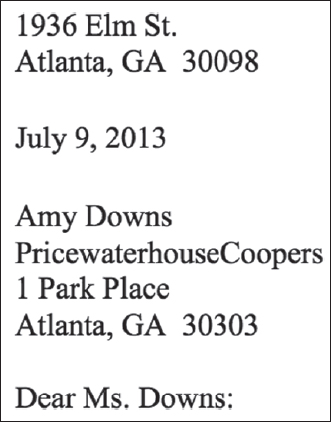
resumes Job seekers place their contact information at the top of their resumes. They also include standard sections such as Objective, Education, and Experience.
Use standard spacing / white space.
cover letters Writers single-space their cover letters, but insert an extra space between paragraphs. They do not use indents. Amber Lovett uses standard formatting:
resumes Within each section, writers use single spacing. Between sections, they add an extra space. Margins are usually one inch. Make sure to use some white space to separate different areas of the resume in order to keep the resume from appearing too cluttered. In the sample below, the writer uses white space by indenting the copy.

Choose simple, classic fonts.
COVER LETTERS In keeping with the formality of a cover letter, the font should be a simple, classic one like Arial, Calibri, or Times New Roman in 11 or 12 point. This makes the cover letter easy for most readers to read.
resumes Use fonts consistently throughout your resume. Sans serif fonts (such as Arial) are typically used for headings, while serif fonts (such as Times New Roman) are typically used for the text. Make sure that you don’t use more than two fonts, or you run the risk of distracting your reader.
Attention, overachievers!
Wondering how you can get ahead in the job search? Gather some letters of recommendation from former employers, professors, and colleagues. You can submit these shining references—along with writing samples tailored to the position—to a future employer and distinguish yourself from the throng.
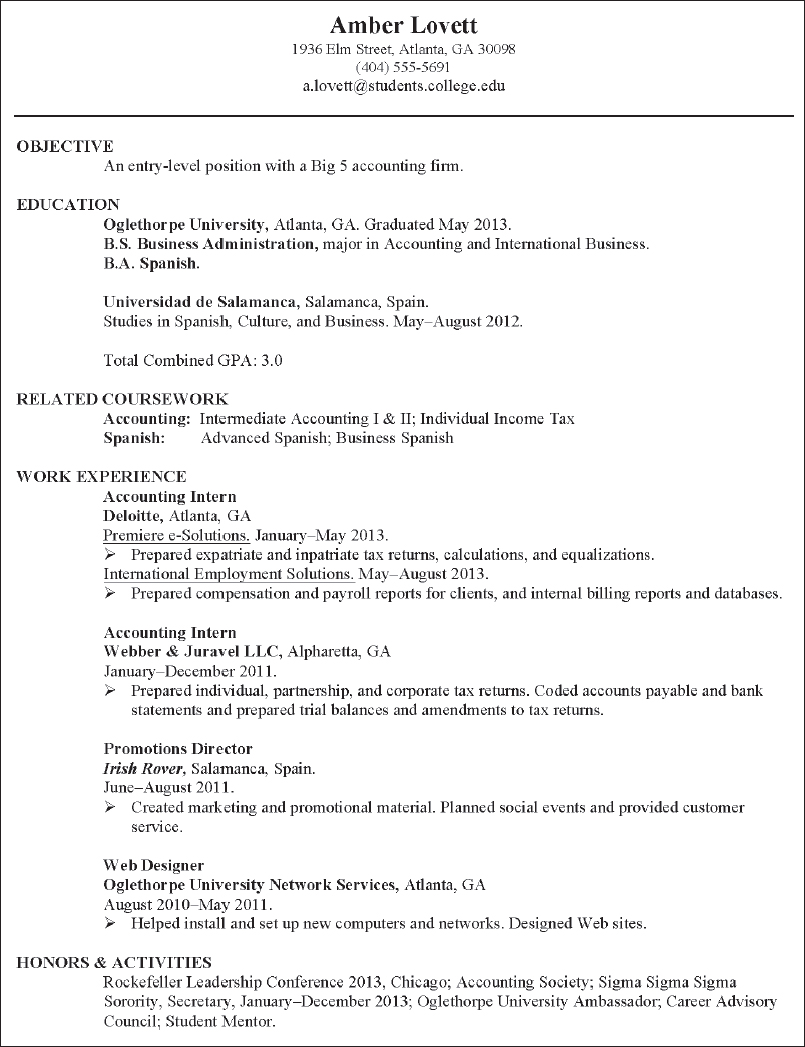
Adhere to any design specifications of employers or online resources.
cover letters When creating a cover letter, applicants should make sure to adhere to any specifications supplied by the potential employer. Take special note of file formats requested.
resumes If, like Kevin Burton, a job seeker decides to include visuals, he or she needs to be sure to save the document in a file format in which all the visuals and formatting will be preserved (such as PDF).
Sources
cover letters The main source of a cover letter is the resume, which is referred to throughout, and the writer’s experiences.
resumes The main source of a resume is the applicant’s own experiences. When you create a resume, you may want to use other resumes as models for your own.